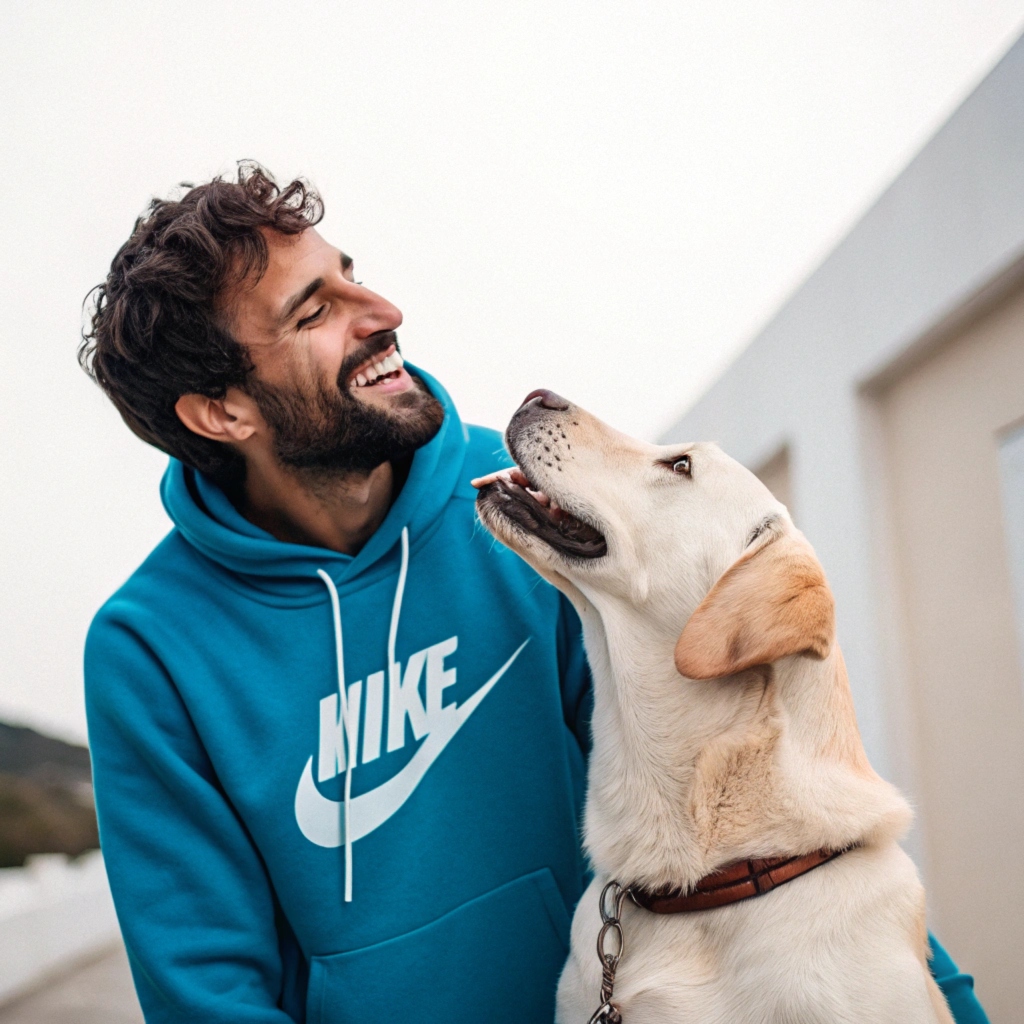5 Tips On How To Train A Beagle Dog
Training a Beagle can be both rewarding and challenging. These energetic and curious dogs require specific techniques to harness their intelligence and instincts effectively. Here are five essential tips for training Beagle dogs:
1. Understanding Beagle Behavior
Before diving into training techniques, it’s crucial to understand the natural behavior of Beagles. Known for their strong sense of smell and high energy levels, Beagles were originally bred as hunting dogs. This background makes them naturally curious, independent, and sometimes stubborn.
Key Points:
- High Energy Levels: Beagles need plenty of physical and mental stimulation to keep them engaged and prevent destructive behavior.
- Strong Scent Drive: Their noses are always on the ground, which can sometimes distract them during training sessions.

2. Establishing a Routine
Beagles thrive on routine. Establishing a consistent schedule for feeding, walks, and training sessions helps them understand what is expected of them and reduces anxiety.
Key Points:
- Consistent Timing: Train at the same time each day to build a reliable routine.
- Short Sessions: Beagles have short attention spans, so keep training sessions brief (10-15 minutes) to maintain their interest.
3. Positive Reinforcement
Positive reinforcement is one of the most effective training methods for Beagles. Rewarding good behavior with treats, praise, or playtime encourages them to repeat those actions.

Key Points:
- Use High-Value Treats: Choose treats that your Beagle finds irresistible to motivate them during training.
- Immediate Rewards: Give treats or praise immediately after the desired behavior to create a clear connection between the action and the reward.
4. Leash Training
Given their strong scent drive, Beagles can be prone to pulling on the leash during walks. Proper leash training is essential to ensure enjoyable and safe walks.
🍲 50 Printable Dog Food Recipes Your Pup Will Love
Skip the fillers and preservatives. Make healthy, homemade meals your dog will actually eat — using everyday ingredients you already trust. Vet-friendly, budget-friendly, and super easy to follow. 🐾
Perfect for picky eaters, senior dogs, and pups with sensitive stomachs. Make mealtime simple and nutritious again.
Get the Recipes Now 🐶Key Points:
- Start Indoors: Begin leash training inside your home where there are fewer distractions.
- Use a Harness: A harness can provide better control and reduce strain on your Beagle’s neck compared to a collar.
- Stop and Start: If your Beagle starts to pull, stop walking and wait until they return to your side. Reward them when they walk with a loose leash.

5. Socialization
Socialization is crucial for Beagles to become well-rounded dogs. Exposure to various environments, people, and other animals helps them develop confidence and reduces fear-based behaviors.
Key Points:
- Early Socialization: Start socializing your Beagle puppy as early as possible.
- Positive Experiences: Ensure that new experiences are positive and not overwhelming. Gradually increase the level of exposure.
- Puppy Classes: Enroll in puppy socialization classes to provide structured social opportunities and learn from experienced trainers.
Bonus Tips for Training Beagle Dogs
Crate Training
Crate training provides your Beagle with a safe and secure space. It can also aid in housebreaking and prevent destructive behavior when you are not home.
Key Points:
- Comfortable Crate: Make the crate a comfortable and inviting space with bedding and toys.
- Gradual Introduction: Introduce the crate gradually and never use it as a punishment.
- Routine Use: Incorporate crate time into your daily routine, especially during rest periods and bedtime.
Mental Stimulation
In addition to physical exercise, Beagles need mental stimulation to stay happy and healthy. Puzzle toys, scent games, and obedience training can provide the mental challenges they need.
Key Points:
- Interactive Toys: Use puzzle toys that dispense treats to keep your Beagle mentally engaged.
- Scent Games: Create scent trails for your Beagle to follow or hide treats around the house for them to find.
- Obedience Training: Continue obedience training beyond the basics to keep your Beagle mentally stimulated.
Patience and Consistency
Training a Beagle requires patience and consistency. Be prepared for setbacks and be consistent with your commands and expectations.
Key Points:
- Stay Patient: Understand that training takes time and persistence.
- Be Consistent: Use the same commands and rewards each time to avoid confusing your Beagle.

Seeking Professional Help
If you encounter significant challenges, don’t hesitate to seek help from a professional dog trainer. They can provide personalized guidance and support tailored to your Beagle’s needs.
Key Points:
- Certified Trainers: Choose a certified dog trainer with experience in working with Beagles.
- Group Classes: Consider group training classes for additional socialization opportunities.
FAQ
1. How often should I train my Beagle?
Training sessions should be short (10-15 minutes) and conducted daily to keep your Beagle engaged and reinforce learning.
2. What type of treats should I use for training?
Use high-value treats that your Beagle loves, such as small pieces of cheese, chicken, or commercial dog treats designed for training.
3. Can Beagles be trained off-leash?
Due to their strong scent drive, Beagles may be challenging to train off-leash. It’s recommended to keep them on a leash in unsecured areas.
4. How do I prevent my Beagle from barking excessively?
Ensure your Beagle gets plenty of physical and mental exercise. Use positive reinforcement to train them to be quiet on command.
5. Are Beagles good with children?
Yes, Beagles are generally good with children due to their friendly and social nature. However, supervision is important to ensure safe interactions.
Summary
Training a Beagle effectively involves understanding their behavior, establishing a routine, using positive reinforcement, and providing proper leash training and socialization. Additional tips include crate training, ensuring mental stimulation, and seeking professional help if needed. Consistency, patience, and high-value treats are key to successful training. For more detailed advice and tips, visit Smart Dog Learning.

I’ve spent 10+ years in dog training, digging into what makes dogs (and their humans) tick. At Smart Dog Learning, I share my no-nonsense, fun approach to training so you can enjoy life with a well-behaved, happy pup—no boring lectures, just practical results 😉





